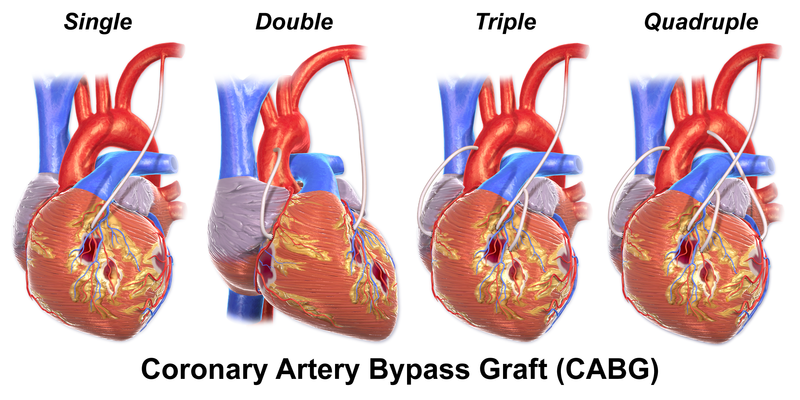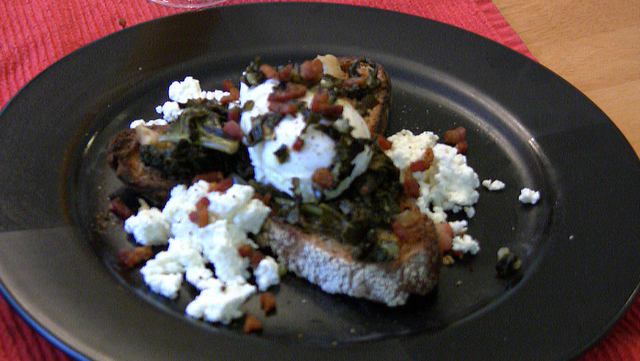Point-Counter point 2 Best way to revascularize patients with main stem and three-vessel lesions: Patients should undergo PCI![i] The optimal revascularization strategy for multivessel disease is under controversial discussion for long time. Until now, technical innovations have been faster than performance of clinical trials, making results of randomized studies outdated at the time of appearance. Recently, the SYNTAX trial[ii] has been …
For Profit Research
“For Profit Research” with investigators receiving consulting fees from the sponsor (not much progress since 2001): Medical Journal Editors Demand Accountability from Study Authors, Sponsors, AJHP (The American Journal of Health-System Pharmacy), 11/1/2001: “clinical studies are increasingly conducted with the goal of marketing products ”
CABG – Stroke and Surgery
Combining Cardiac Surgery and surgery for carotid stenosis is not effective in the prevention of Stroke. A new report, published in the September 2009 issue of Archives of Neurology. showed that stroke rates were significantly higher among patients who received combined endarterectomy and cardiac surgery. As a result, physicians at Lehigh Valley Hospital and Health Network, Allentown, PA no longer combine …
PCI vs. CABG – A Current Perspective
In all likelihood this article has only been read by cardiac surgeons. It provides “new” (actually old) information about what constitutes current and optimal therapy for CAD, and especially what long term outcomes can be expected. For this reason the article was printed in its entirety: Percutaneous coronary intervention versus coronary artery bypass surgery in multivessel disease: a current perspective …
Occluded Artery Trial
The Coronary Intervention for Persistent Occlusion after Myocardial Infarction (Occluded Artery Trial, (OAT) study evaluated treatment of 2166 high-risk, but otherwise stable survivors of a myocardial infarction and persistent total occlusion of the infarct-related coronary artery. High risk criteria included an ejection fraction of <50% or proximal occlusion (TIMI flow =0-1). Treatment was randomized to either routine PCI or stenting with …
The Syntax Trial
Although coronary-artery bypass grafting (CABG) has been the standard of care for patients with left-main or three-vessel coronary disease who require revascularization, percutaneous coronary intervention (PCI) with stenting is also an option in such cases. These two interventions were compared in the SYNTAX trial, which was sponsored by the manufacturer of the Taxus drug-eluting stent. Eighteen hundred patients with previously …
Small vessels are a predictor of restenosis after percutaneous coronary intervention (PCI)
In an article[1] published on October 9,2010 in Vascular Health and Risk Management, a British journal, the outcome of PCI in small coronary arteries was studied. Small coronary arteries (with a diameter of <3 mm) account for about 40%–50% of all coronary stenoses. The study correlated outcomes with another study from 1996 that examined in-hospital mortality by mid-LAD diameter in Coronary …
Excessive Stent Use
In a February 11, 2010 article published in the Wall Street Journal the excessive use of coronary artery stents was exposed. The COURAGE trial, published in 2007, argued that 1 million PCI procedures are performed each year, with at least 30% being performed in stable CAD patients. Based on the COURAGE trial results, 300,000 of these procedures could be deferred. …
d
Braised Kale, with poached eggs, crispy pancetta, Kombu butter & fresh ricotta atop toasted whole wheat bread. Follow these easy directions and enjoy! Read through first, so you know what to expect. Serves 2 Wash kale and cut into large bite size pieces (including the stems) and let drain in colander. Open container labeled: (Step 2) Pancetta. Place large sauté …
Statin usage in low-risk patients
Cardiovascular disease (CVD) is ranked as the number one cause of mortality and is a major cause of morbidity world-wide. Reducing high blood cholesterol, a risk factor for cardiovascular disease (CVD) events in people with and without a past history of coronary heart disease (CHD) is an important goal of pharmacotherapy. Statins are the first-choice agents. Previous reviews of the …


